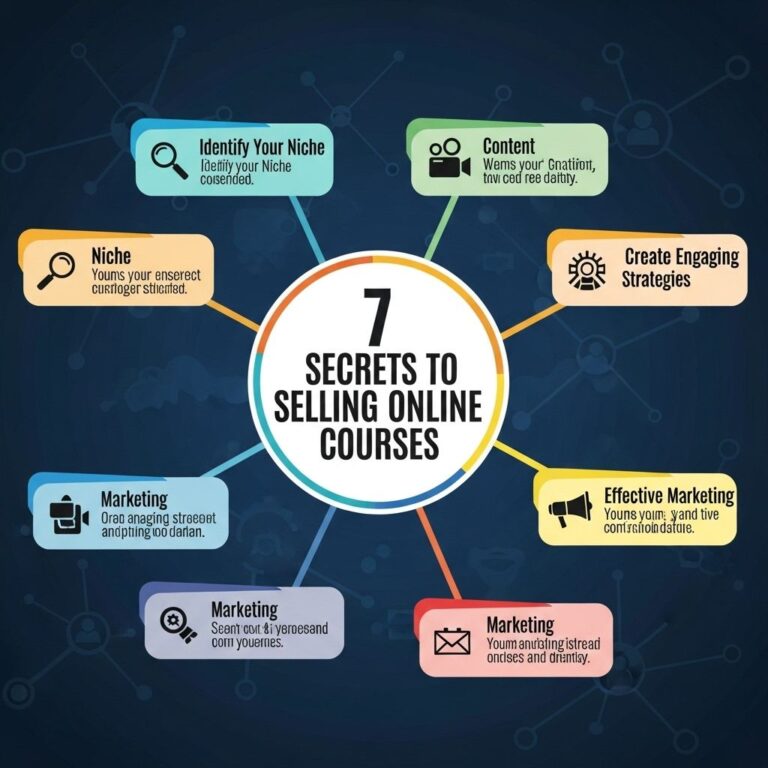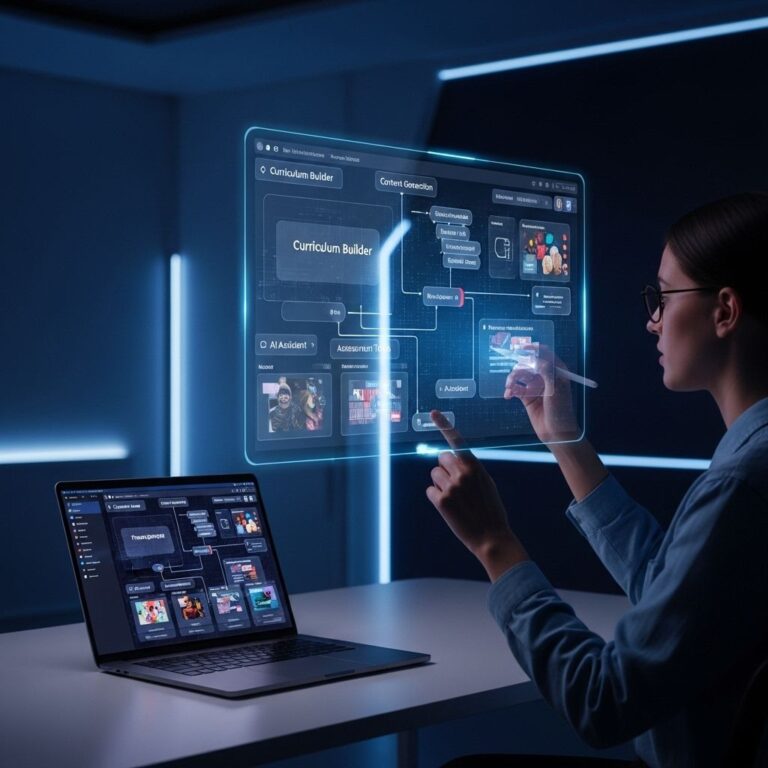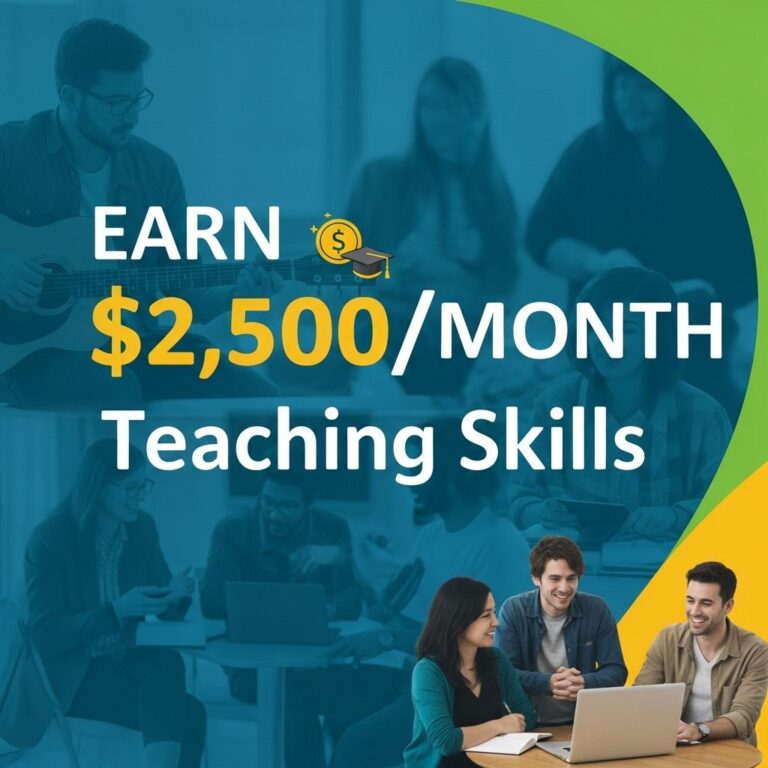In the rapidly evolving educational landscape, the integration of technology has transformed traditional classroom settings into dynamic online learning environments. With the rise of e-learning platforms, educators are presented with unprecedented opportunities to engage and inspire students from anywhere in the world. This article will explore ten innovative online class ideas that teachers can implement to enhance their teaching practices and provide students with enriching learning experiences.
Table of Contents
1. Virtual Office Hours
Establishing virtual office hours allows students to connect with teachers on a personal level. This time can be used for:
- One-on-one support for struggling students
- Clarification of complex topics
- Discussion of projects or assignments
By utilizing video conferencing tools, such as Zoom or Google Meet, teachers can create a welcoming environment for students to seek help and engage in meaningful conversations.
2. Interactive Webinars
Webinars provide an excellent platform for teachers to present lessons creatively. By incorporating multimedia elements, such as videos, animations, and infographics, educators can maintain student interest. Key features to include:
- Live Polls: Engage students in real-time.
- Q&A Sessions: Allow students to ask questions during or after the presentation.
- Breakout Rooms: Facilitate small group discussions.
How to Organize a Webinar
Here are some essential steps:
| Step | Description |
|---|---|
| 1 | Select a topic relevant to your curriculum. |
| 2 | Choose an appropriate platform and set a date. |
| 3 | Create engaging presentation materials. |
| 4 | Promote the webinar to students in advance. |
| 5 | Conduct a practice session to test technology. |
3. Gamified Learning
Gamification of lessons can significantly boost student motivation. By incorporating game elements, teachers can create a fun learning environment. Ideas for gamifying lessons include:
- Using educational apps like Kahoot! or Quizizz for quizzes.
- Creating a point-based reward system for participation.
- Organizing virtual scavenger hunts related to lesson themes.
4. Collaborative Projects
Encouraging collaboration among students promotes teamwork and problem-solving skills. Teachers can assign group projects that require students to work together remotely. Strategies for successful collaboration include:
- Using shared documents and tools like Google Docs or Trello.
- Setting clear expectations and deadlines.
- Regular check-ins to monitor progress.
Benefits of Collaboration
Collaborative projects help students develop:
- Communication skills
- Leadership abilities
- Conflict resolution skills
5. Flipped Classroom Model
The flipped classroom model allows students to learn at their own pace. This approach involves:
- Assigning video lectures or reading materials for homework.
- Using class time for discussions, problem-solving, and hands-on activities.
This method ensures that students spend valuable class time engaging with the material rather than passively receiving information.
6. Digital Field Trips
Bringing the world into the classroom is easier than ever with virtual field trips. Teachers can guide students through:
- National parks
- Museums
- Historical sites
These experiences can enhance lessons and provide context that textbooks alone cannot offer.
7. Asynchronous Learning Modules
Asynchronous learning provides flexibility for students to engage with the material on their schedule. Key components include:
- Pre-recorded lectures
- Discussion boards for peer interaction
- Self-paced quizzes
By adopting this model, teachers can cater to diverse learning styles and paces.
8. Social Media Integration
Utilizing social media platforms can enhance communication and engagement. Educators can:
- Create dedicated class pages or groups on Facebook or Edmodo.
- Encourage students to share relevant content on Twitter or Instagram.
- Host discussions or debates through social media posts.
Best Practices for Social Media Use
To ensure safety and professionalism:
- Establish clear guidelines for student conduct.
- Monitor interactions to maintain a respectful environment.
- Encourage positive contributions and sharing.
9. Incorporating Multimedia Presentations
Use of multimedia presentations can enhance learning by appealing to various learning styles. Teachers can utilize:
- Videos and animations to explain concepts.
- Podcasts for auditory learners.
- Interactive slideshows that incorporate student responses.
10. Community Engagement Projects
Encouraging students to engage with their local or global communities fosters social responsibility. Projects may include:
- Volunteering for local charities.
- Conducting research on global issues.
- Creating awareness campaigns on social media.
Through these projects, students learn the importance of civic engagement and service to others.
Conclusion
The possibilities for online learning are vast and varied. By implementing these ten online class ideas, teachers can create a more engaging, flexible, and effective learning environment. As the educational landscape continues to change, embracing technology is crucial for fostering student success. Remember, innovation and creativity can transform not only how students learn but also how they perceive their educational journey.
FAQ
What are some popular online class ideas for teachers?
Some popular online class ideas include virtual art classes, coding workshops, language learning sessions, creative writing courses, and fitness classes.
How can teachers create engaging online classes?
Teachers can create engaging online classes by incorporating interactive activities, using multimedia resources, and encouraging participation through discussions and group projects.
What tools can I use to conduct online classes?
You can use tools like Zoom, Google Meet, Microsoft Teams, and educational platforms like Moodle or Canvas to conduct online classes.
Are there specific online class ideas for STEM subjects?
Yes, specific online class ideas for STEM subjects include virtual science experiments, math problem-solving sessions, and coding bootcamps.
How can I assess students in an online class?
You can assess students in an online class through quizzes, assignments, participation in discussions, and projects that allow for creative expression.
What are some tips for promoting my online classes?
To promote your online classes, utilize social media, create a website or blog, offer free introductory sessions, and collaborate with other educators for wider reach.









